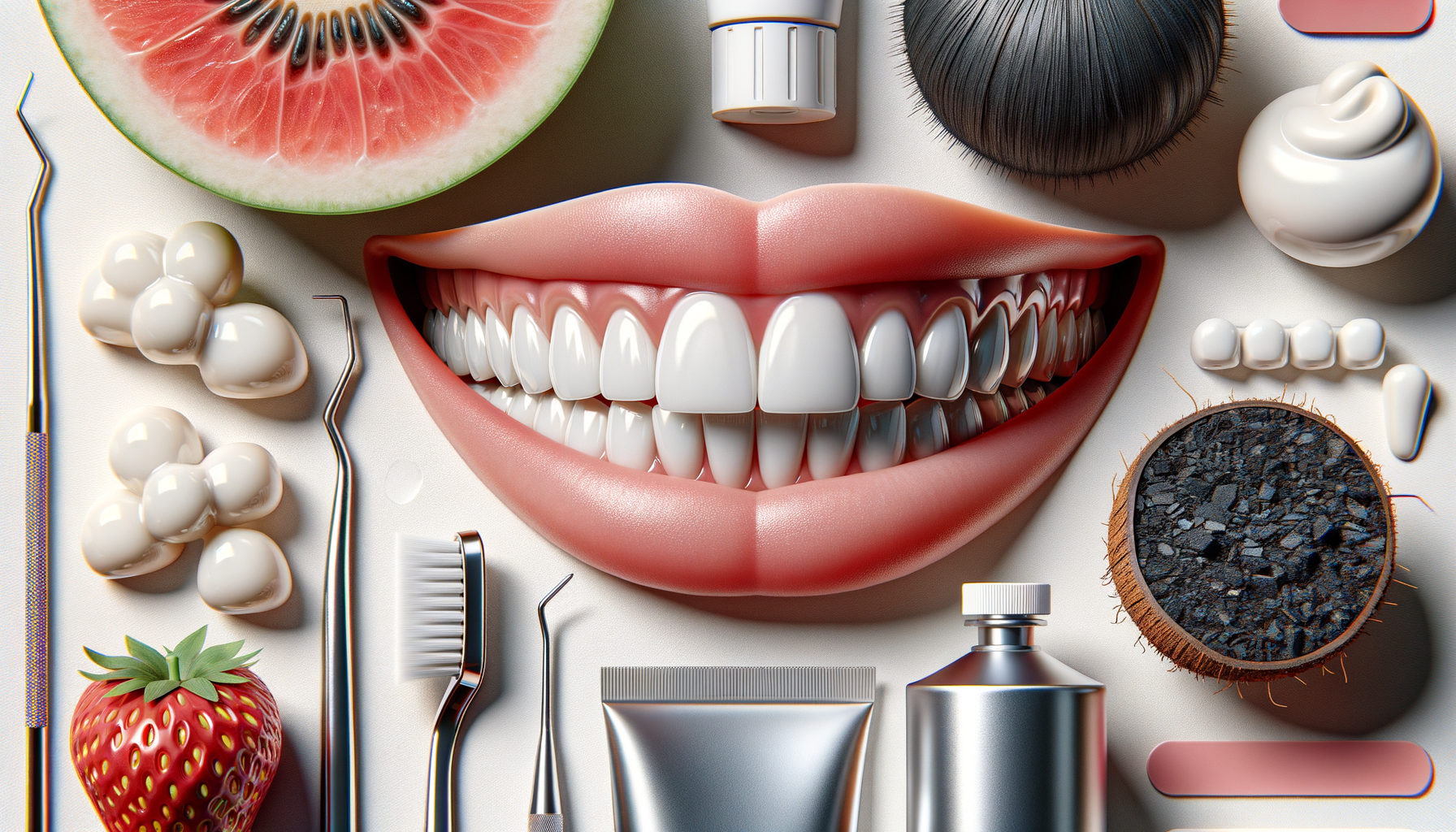Introduction to Whitening Options
In the quest for a brighter smile, many people explore a variety of whitening options. Whether it’s to boost confidence or simply to enhance appearance, teeth whitening has become a popular pursuit. With numerous methods available, understanding the different approaches can help individuals make informed decisions about the best choice for their needs.
Professional Dental Whitening
Professional dental whitening is a highly regarded method for achieving a radiant smile. Conducted by dental professionals, this approach ensures safety and effectiveness. Typically performed in a dental office, the procedure involves applying a powerful bleaching agent directly to the teeth. Often, a special light or laser is used to activate the whitening agent, enhancing its effects.
One of the key advantages of professional whitening is its immediate results. Patients often leave the dental office with noticeably whiter teeth. Moreover, this method is tailored to individual needs, ensuring optimal results. However, it can be more expensive than other options, which might be a consideration for some.
Professional whitening is particularly beneficial for individuals with significant discoloration or stains caused by factors such as smoking, coffee, or wine consumption. It’s crucial to consult with a dentist to determine suitability, as certain dental conditions may require alternative approaches.
At-Home Whitening Kits
For those seeking convenience and affordability, at-home whitening kits offer a viable alternative. These kits typically include whitening gels or strips that are applied to the teeth over a period of days or weeks. The active ingredients, often hydrogen peroxide or carbamide peroxide, work to lighten the teeth gradually.
At-home kits are popular due to their ease of use and accessibility. They allow individuals to whiten their teeth at their own pace, without the need for a dental appointment. However, results can vary, and it may take longer to achieve the desired level of whiteness compared to professional treatments.
It’s important to follow the instructions carefully to avoid potential side effects such as tooth sensitivity or gum irritation. Consulting with a dentist before starting any at-home treatment can provide additional guidance and ensure a safe experience.
Naturally Derived Whitening Methods
For those inclined towards natural remedies, several options can help in achieving a whiter smile. These methods often involve using household items known for their mild abrasive or bleaching properties. Baking soda, for example, is a common choice due to its ability to gently polish the teeth and remove surface stains.
Another popular method is oil pulling, which involves swishing oil, such as coconut oil, in the mouth for several minutes. Proponents claim it can reduce bacteria and improve oral health, potentially leading to whiter teeth over time. Additionally, some fruits like strawberries and pineapples contain enzymes that may help whiten teeth naturally.
While natural methods can be appealing, it’s essential to approach them with caution. Overuse or improper application can lead to enamel damage. As always, consulting with a dental professional can provide valuable insights into the safety and effectiveness of these methods.
Over-the-Counter Whitening Products
Over-the-counter (OTC) whitening products are widely available and offer a convenient option for those seeking to enhance their smile. These include whitening toothpaste, mouthwash, and even chewing gum designed to gradually whiten teeth with regular use.
Whitening toothpaste often contains mild abrasives and chemical agents that help remove surface stains. While they may not provide dramatic results, they can be effective for maintaining a bright smile after professional treatments. Whitening mouthwashes, on the other hand, can complement other whitening methods by providing additional stain-fighting power.
It’s important to note that while OTC products can be useful, they may not be suitable for everyone. Individuals with sensitive teeth or certain dental conditions should consult with a dentist to determine the most appropriate products for their needs. Consistent use, along with good oral hygiene practices, can contribute to long-lasting results.
Conclusion: Choosing the Right Whitening Option
In conclusion, the journey to a brighter smile involves exploring various whitening options, each with its own set of benefits and considerations. Professional dental whitening offers immediate and tailored results, while at-home kits provide convenience and affordability. Natural methods and OTC products offer additional avenues for those seeking alternative approaches.
Ultimately, the choice of whitening method depends on individual preferences, budget, and dental health. Consulting with a dental professional can provide valuable guidance, ensuring that the chosen method aligns with one’s specific needs and goals. By understanding the available options, individuals can embark on a path to achieving a brighter, more confident smile.




Leave a Reply